The Meaning of “Creative Learning” Explained by World-class Scholar Professor Mitchel Resnick
“Creative Learning will Make Our Children Happy.”
Professor Mitchel Resnick (MIT Media Lab)
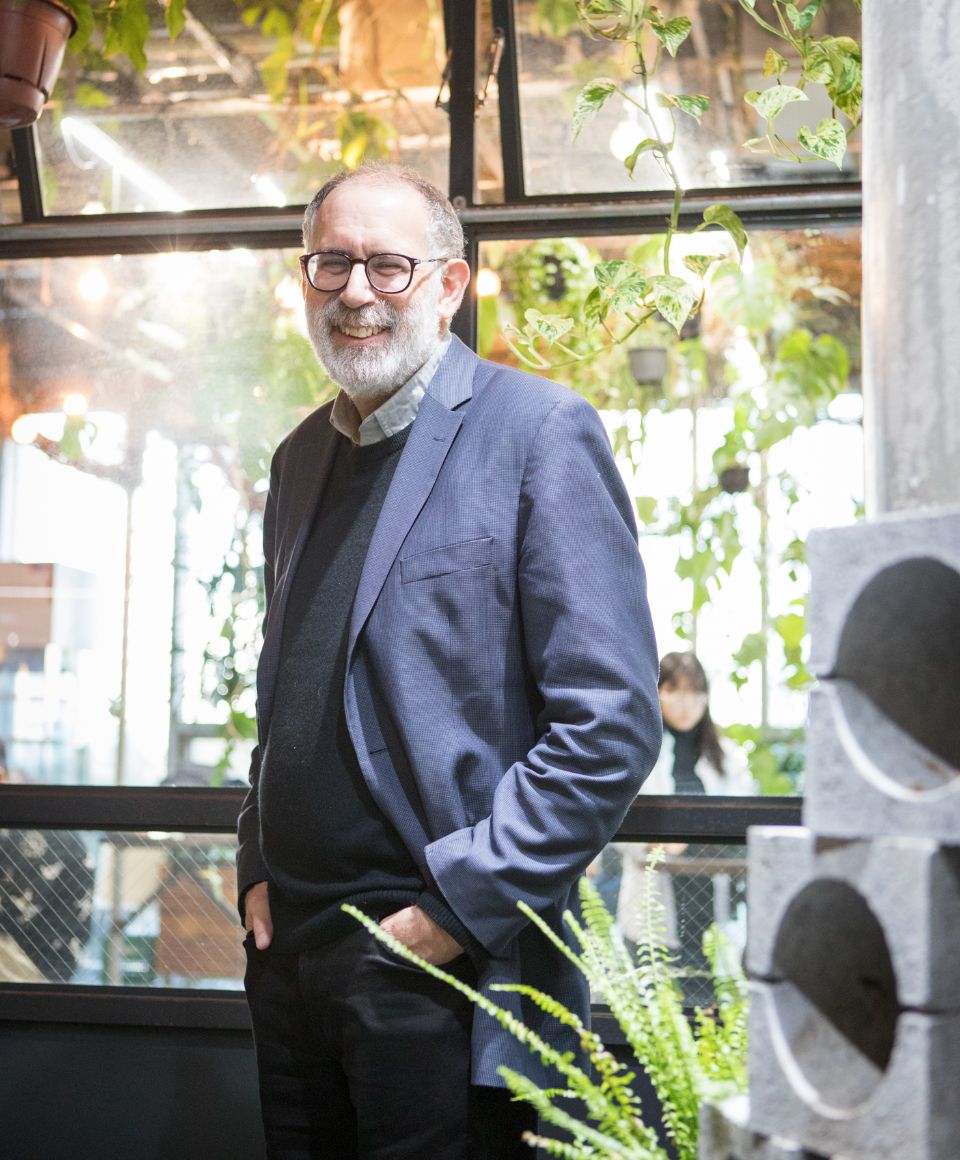
In this rapidly changing era, what future will our children face? How should they learn to prepare for the future that will unfold before them?
On January 27, around 400 teachers, parents, and students gathered at Smilegate Campus looking for answers to these questions. The conference, titled “How should we learn in the era of individuality and diversity,” was organized by Smilegate Future Lab and featured global scholars and domestic experts giving lectures and sharing their insights on “creative learning.”
Professor Mitchel Resnick of the MIT (Massachusetts Institute of Technology) Media Lab started the conference with an opening speech titled “Why do we learn?” A world-class scholar on creative learning and the creator of SCRATCH, a block coding language used in 150 countries, Professor Resnick raised an interesting question while emphasizing the importance of “creative learning” for future generations.
“To help our children unleash their creativity, we need to cultivate a mindset of welcoming and respecting their new attempts.”
Let's dive into the true meaning of 'creative learning' as explained by Professor Mitchel Resnick, who serves as an advisor for various programs at Future Lab.
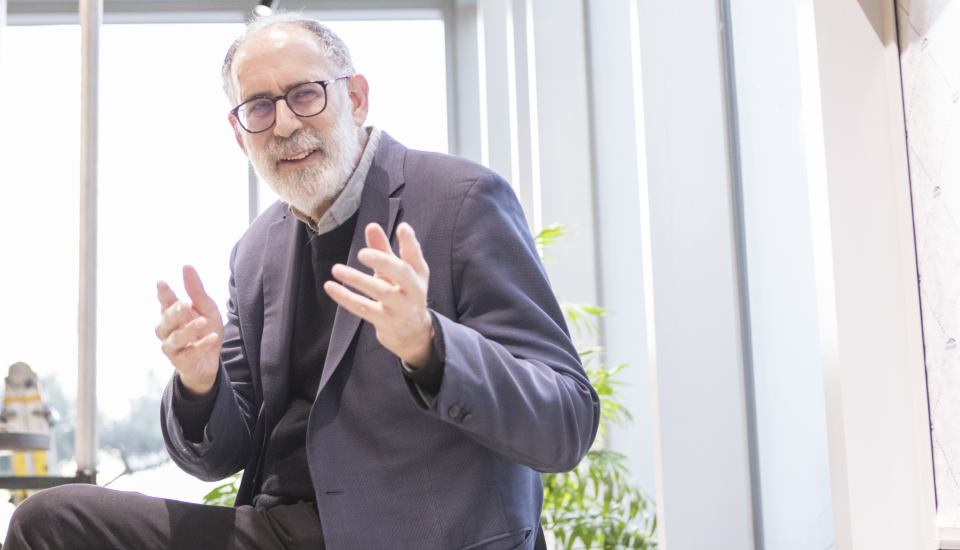
Q. You have worked with Smilegate Future Lab for a long time. How did your relationship with Smilegate Future Lab begin?
I first met with the people of Future Lab in 2016. At the time, Director Oh Sook-hyun from Future Lab visited the MIT Media Lab, and we had an enjoyable conversation during our meeting. After this first meeting, the MIT Media Lab, which I was leading, learned that the goal of Future Lab matched considerably with the philosophy of the “Lifelong Kindergarten” group of the MIT Media Lab. We thought we could become good partners with Future Lab.
Then, with an invitation from Future Lab, we visited Korea and had a meeting, which convinced us that we could broaden the horizon of creative learning through cooperation with each other. We looked forward to an opportunity to spread creative learning not only in Korea, but across the world. Our relationship has continued since.
Q. What was your impression of Future Lab when you first visited it?
It was an unforgettable moment. Looking around the space of Future Lab, I felt that it was a place where children could enjoy creative activities to their heart’s content. The diversity of materials and tools used in the programs was impressive as well. I felt the environment was created to help children completely immerse themselves in their activities. I was also impressed with how the researchers at Future Lab participated in the programs together with children, acting as passionate helpers.
Q. At the conference, you gave a lecture on the subject of “why we learn.” What was the key message you wanted to convey the most?
The world is changing rapidly. Adults must think about “what learning” our children and teenagers need in a world like this. What I wanted to point out the most of all through the lecture was that “creative learning is important.” In an unpredictable world, flexibility is important. We can improve flexibility by thinking creatively and putting our ideas into action.
In addition, in this ever-changing world, existing stereotypes or ways of life handed down from the previous generation do not have great significance. For an individual to live a happy life, “creativity” is also an extremely important capacity. This is because the joy and fulfillment we experience in the course of creative learning make us happy. Ultimately, creativity and happiness are closely related.
Q. You mentioned in your lecture that “creativity can never be taught.” This was very impressive. If it’s true, how can we implement creative learning?
The reason I said creativity “cannot be taught” is because curiosity and creativity are already hidden inside children. I believe the role of adults is not to teach, but to create an environment and provide support for children to unleash their latent abilities. In particular, it is very important for parents and educators to create an environment where they trust and respect children.
Q. This seems to be related to what you said in the keynote speech at last year’s Future Lab conference, which emphasized creating a culture of trust and respect to foster children’s creativity. Could you provide detailed guidance on how we can cultivate trust and respect for children?
Welcome children’s new attempts. It is very important for children to feel “welcomed.” Before attempting something new, children feel that they are taking a risk. Before a first attempt, they tend to worry about making a mistake and failing. In a situation like this, I believe it is important for adults to support the child’s attempt itself.
Parents and educators must observe children carefully. It is important to understand what their interests are and what they are afraid of. Also, we need to have a mindset of supporting children no matter what the result. This is the key to “trust.”
Take a step back and just watch children as they do something passionately in their area of interest. They will respond to this respect by exploring and experimenting creatively.
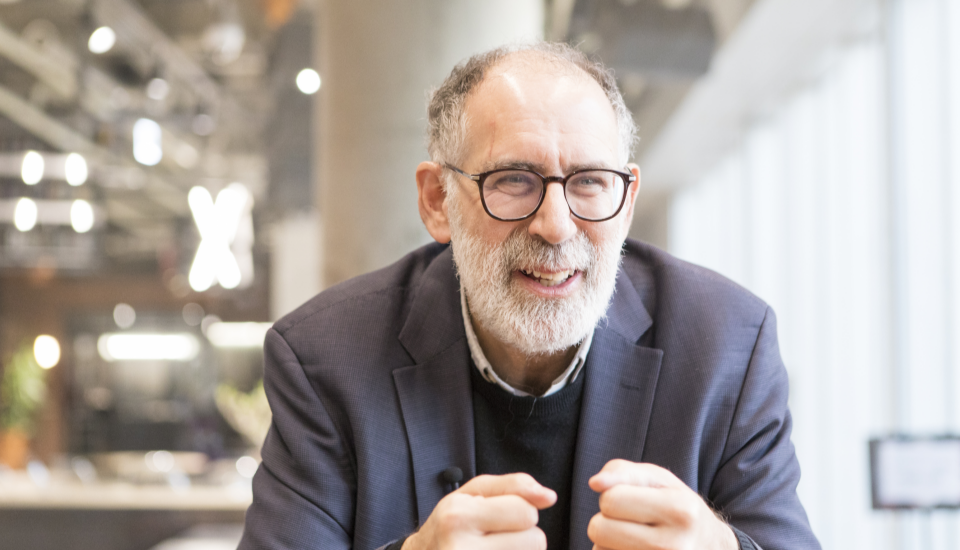
Q. Future Lab has launched a variety of programs, emphasizing the value of “creation and creativity.” As a creative learning expert, what do you consider to be the strengths of Future Lab’s programs and what sets them apart from others?
I commend Future Lab for systematically and continuously supporting the “creative learning environment” for both children and teenagers, and educators. Realistically, it is very difficult and complex to create an environment where children can explore various things and express themselves rather than simply being “taught” certain abilities or skills. Because of this, I believe Future Lab is taking significant and important steps in the field of creative learning.
Q. You have made numerous accomplishments in the field of creative learning. Which outcome do you consider to be the most significant?
I feel accomplished when I see children creating various works and experiencing joy using the development tools my team created. Children who engage in creative learning can discover their own potential and begin to perceive themselves in a new way. When children’s mindset changes, they gain confidence and happiness from realizing they can contribute to their families, communities, and the world. Witnessing children experience such joy brings me great pleasure.
Q. The Future Learning Collective (FLC) created jointly with Future Lab was launched in 2021. What is the direction of future education pursued by FLC?
We believe it's crucial to change the way we think about education. People think “delivering” knowledge or information is education. This approach must be avoided if we want our children to become “creative learners.” The adult’s role is to provide children with opportunities to create, experiment and explore things by themselves. We must help our children escape from the level of simply acquiring knowledge and information. This is the key point of the FLC. The FLC aims to be a consultative body where we put our heads together to make sure educators, including teachers, provide sufficient “opportunities for creation” to children.
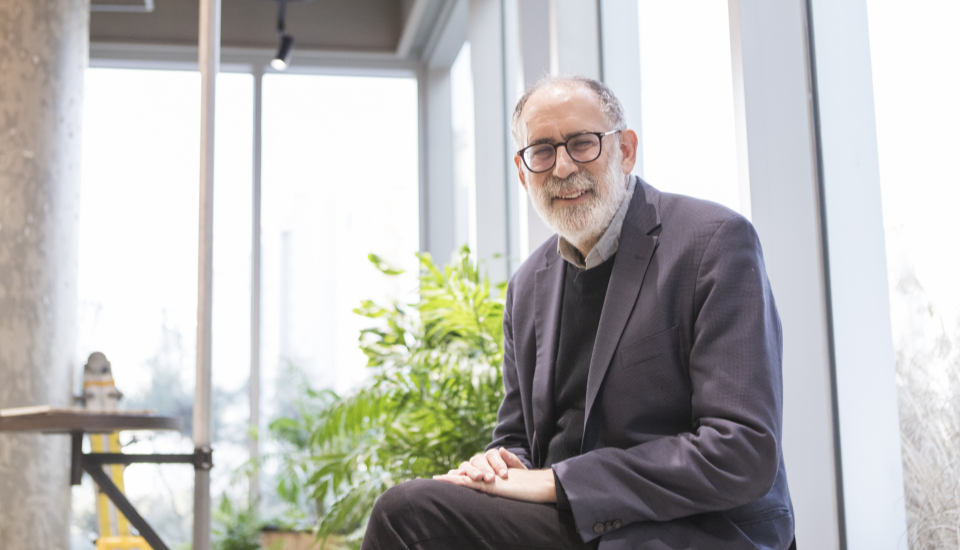
Q. Lastly, do you have any words for educators and parents in Korea?
I would like to emphasize this once again. Please welcome and respect children’s new attempts. When you trust and just keep watching them, that’s the beginning of education.


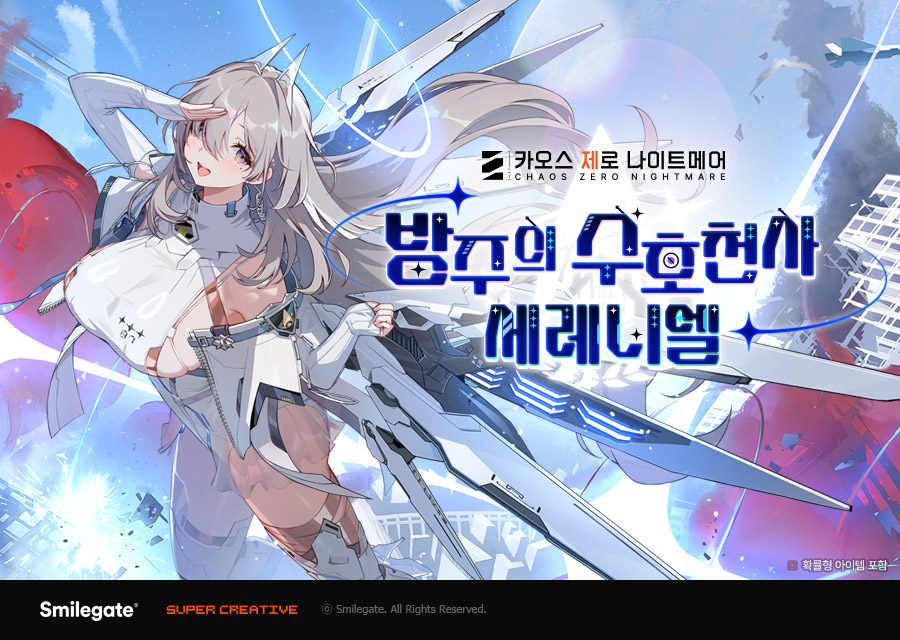
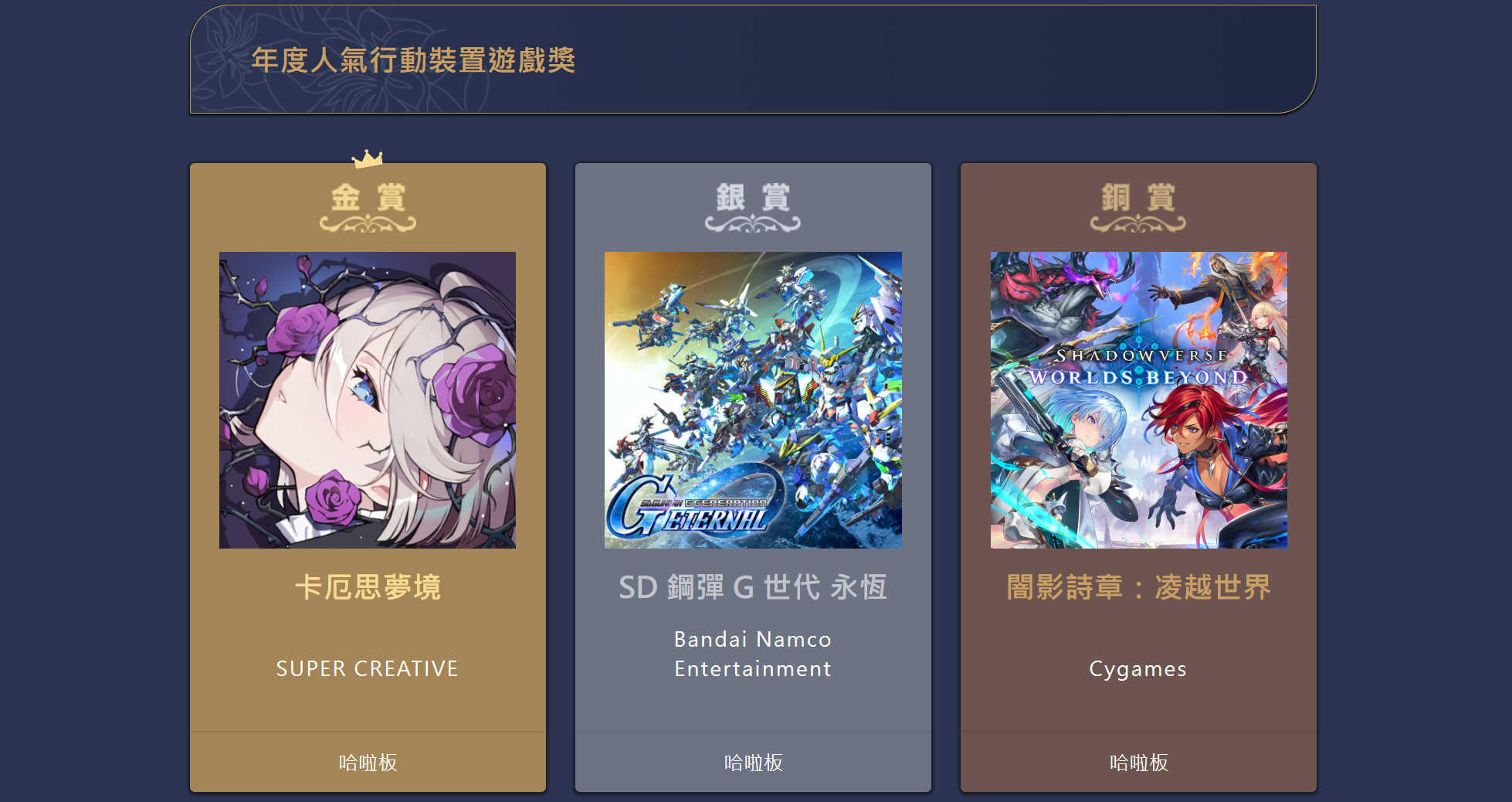
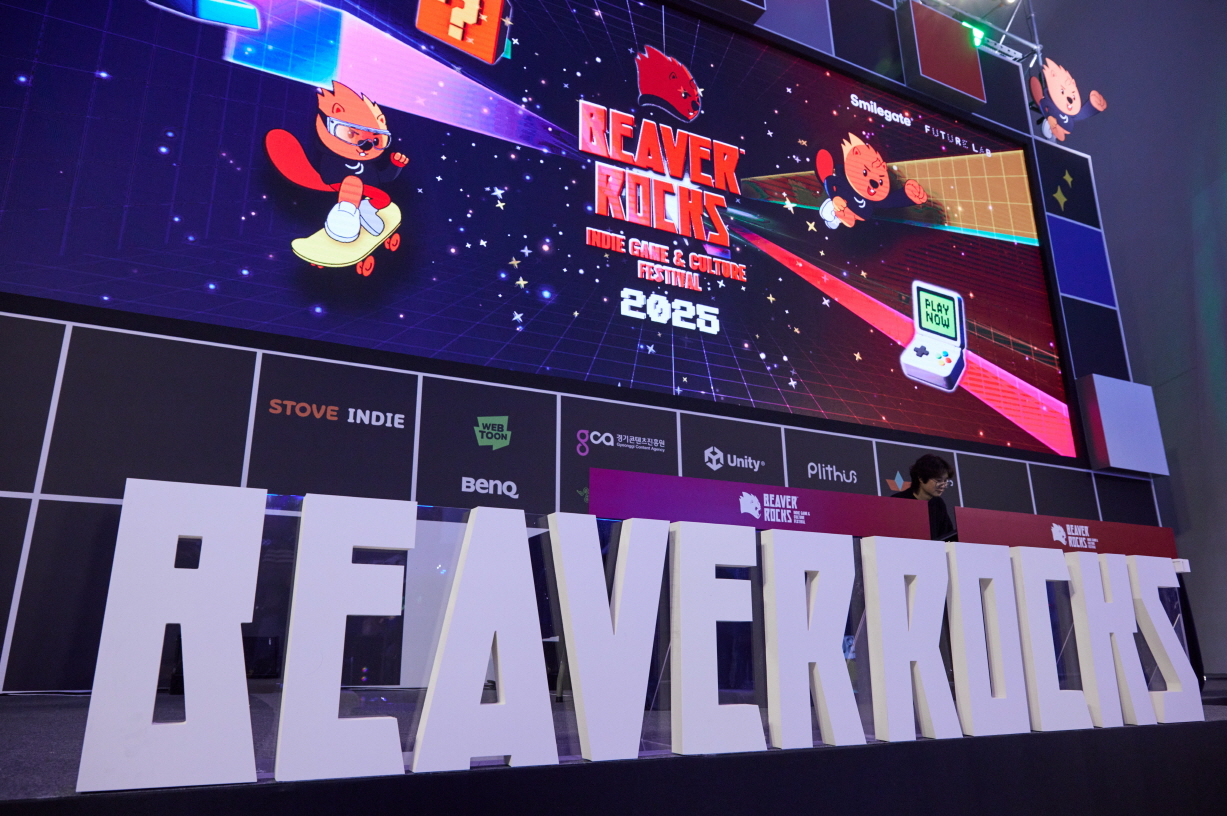


 TOP
TOP
